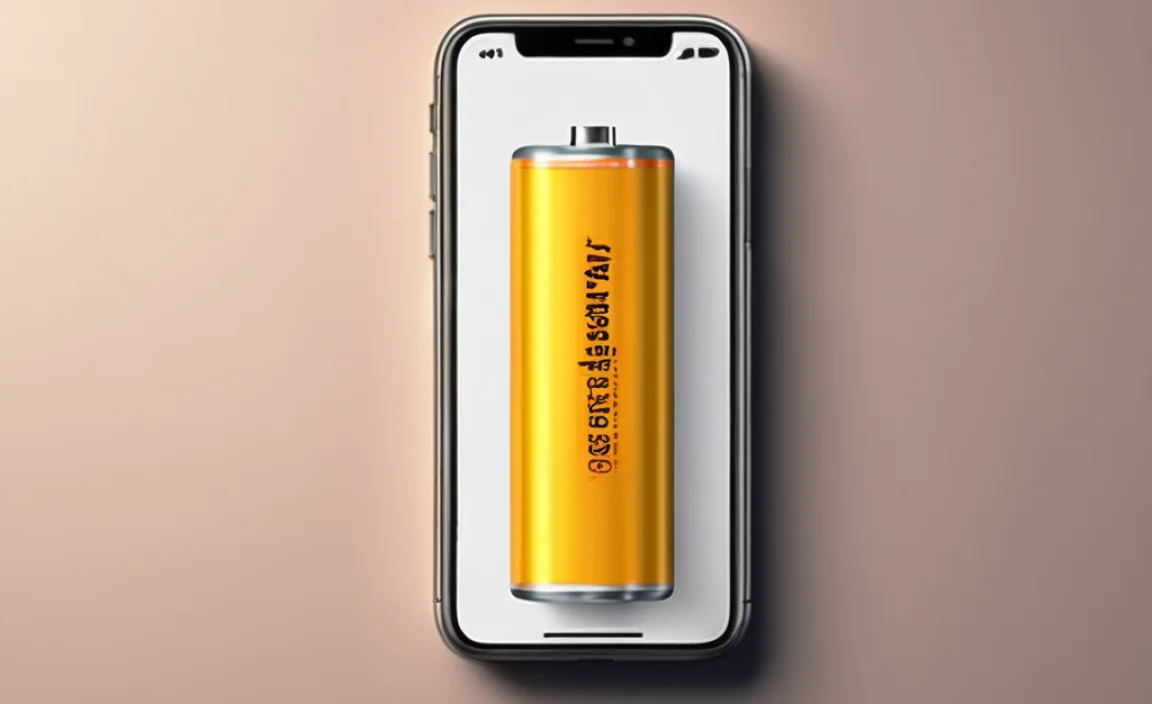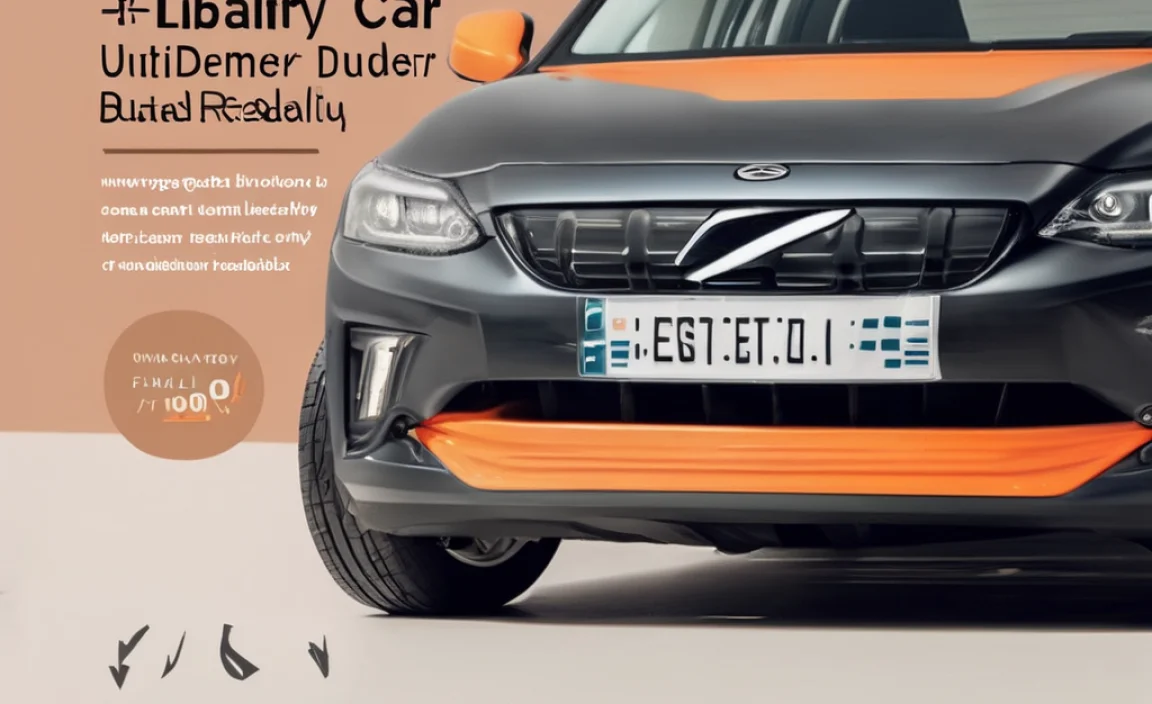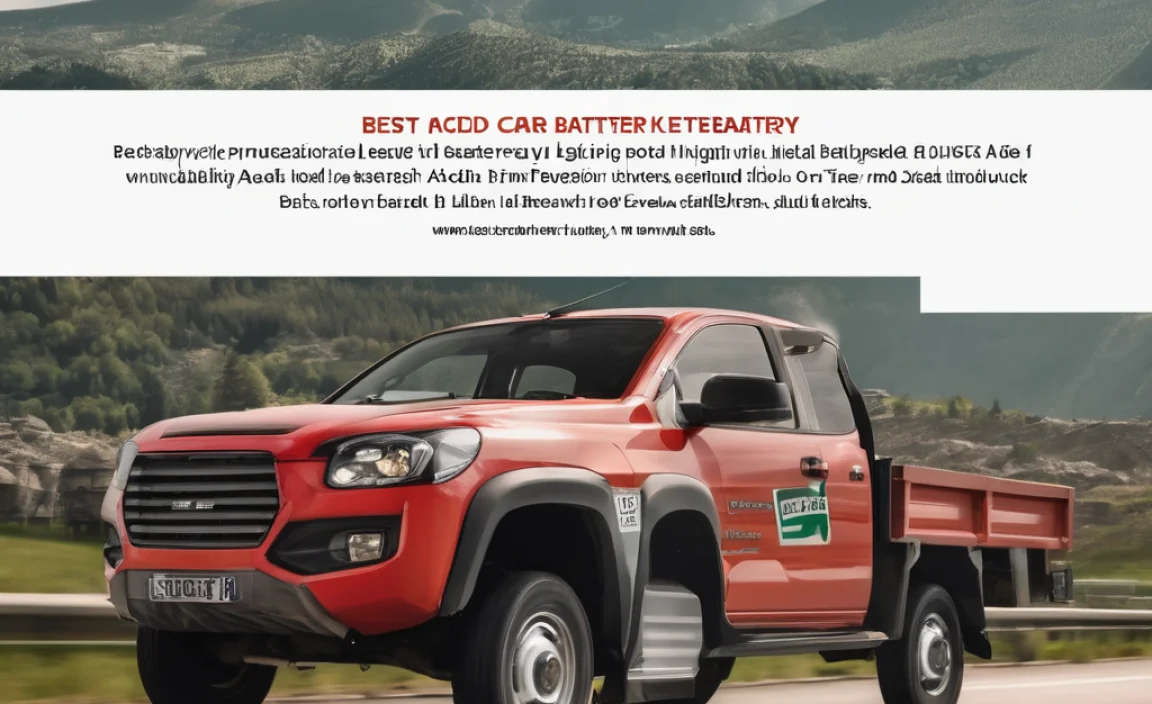Fast charging EV battery technology is rapidly evolving, offering a tantalizing glimpse into a future where range anxiety is a relic of the past and downtime is minimal. The ability to add hundreds of miles of range in mere minutes is undeniably appealing, but a persistent question lingers: is fast charging bad for EV battery health? This is a critical concern for any EV owner or prospective buyer, and understanding the nuances of DC fast charging is key to making informed decisions about how and when to utilize this powerful technology.
The apprehension surrounding fast charging stems from the fundamental physics and chemistry of lithium-ion batteries. While incredibly energy-dense and efficient, these batteries are not entirely impervious to the stresses of rapid energy transfer. The core of the concern lies in the increased heat generated during the charging process. Pushing a large amount of electricity into a battery quickly leads to a temperature spike. Excessive heat is a known enemy of battery longevity. It can accelerate the degradation of the battery’s internal components, primarily the anode and cathode materials, and the electrolyte. This degradation can manifest as a reduced overall capacity and a slower charging speed over the battery’s lifespan.
Understanding the Mechanics of «Is Fast Charging Bad for EV Battery?» Concerns
To delve deeper into why some users question, “Is fast charging bad for EV battery usage,” we need to examine the charging process itself. EV charging stations are categorized by their power output. Level 1 charging, using a standard household outlet, is incredibly slow but extremely gentle on the battery. Level 2 charging, common at home or public AC chargers, offers a good balance of speed and battery health. DC fast charging, however, bypasses the car’s onboard charger and delivers direct current (DC) to the battery at significantly higher voltages and amperages. This is what enables those dramatically shorter charging times.
The key differentiator is the rate of charge (C-rate). A low C-rate means a slower, gentler charge, while a high C-rate signifies a rapid influx of energy. While batteries are designed to accept energy at various rates, consistently pushing them to their maximum C-rate limits can indeed have an impact. This is analogous to repeatedly redlining your car’s engine – it might perform exceptionally well in the short term, but it’s not ideal for long-term durability.
Modern Battery Management Systems: The Game Changer
However, it’s crucial to recognize that the automotive industry is acutely aware of these potential drawbacks. Vehicle manufacturers have invested heavily in sophisticated Battery Management Systems (BMS). These intelligent systems act as the guardian of the EV battery, constantly monitoring key parameters like temperature, voltage, and current.
When a DC fast charger is connected, the BMS communicates with the charger, not just to initiate the charging process but to regulate it dynamically. It intelligently controls the flow of energy to prevent the battery from overheating or experiencing excessive stress. The BMS will gradually increase the charging speed as the battery’s state of charge (SoC) rises and will automatically slow down the charging rate as it approaches 80% or higher. This intelligent control is precisely why the answer to “is fast charging bad for EV battery” is becoming increasingly nuanced.
The Impact of Fast Charging: Beyond Simple Degradation
While the anecdotal evidence of battery degradation due to fast charging exists, especially in earlier EV models or under extreme usage patterns, current data suggests that the impact is often overstated for the average driver. Modern EVs are engineered to withstand regular DC fast charging. Factors that influence degradation more significantly include:
Total Energy Throughput: All batteries degrade over time and with the total amount of energy they process.
Extreme Temperatures: Charging in scorching hot or freezing cold weather can accelerate degradation, regardless of charging speed. DC fast charging in these conditions can be more impactful.
Charging Habits: Consistently charging to 100% and depleting the battery to very low levels can also put stress on the battery.
Many studies and real-world analyses have shown that the difference in battery degradation between using a mix of Level 2 and DC fast charging, versus relying solely on Level 2, is often minimal over the typical lifespan of a vehicle. For instance, a user who primarily charges at home with Level 2 and only uses DC fast charging for long road trips will likely experience very little adverse effect on their battery health.
When Should You Consider the Charging Speed?
Given the ongoing discussion around “is fast charging bad for EV battery” longevity, it’s wise to adopt a balanced approach.
Daily Driving: For your everyday commutes and local trips, utilizing Level 1 or Level 2 charging at home or work is the most beneficial for maximizing battery lifespan. This provides slow, gentle charging overnight or during the workday.
Road Trips and Emergencies: DC fast charging is invaluable when you need to cover long distances or are in a situation where time is of the essence. The convenience and practicality of fast charging for these scenarios far outweigh the minuscule potential degradation for most users.
Battery State of Charge: As mentioned, the BMS will automatically slow down charging above 80% SoC. It’s generally recommended to charge to around 80% for daily use and only charge to 100% when you need the full range for a long journey. This is because the battery chemistry is under more stress at higher SoC levels, and this is exacerbated by fast charging.
Conclusion: A Tool, Not a Threat, When Used Wisely
So, is fast charging bad for EV battery health? The answer is not a simple yes or no. For the vast majority of EV owners, utilizing DC fast charging occasionally for long trips or when necessary will have a negligible impact on their battery’s overall lifespan, thanks to advanced Battery Management Systems. However, consistently relying on DC fast charging as your primary method, especially in extreme temperatures and fully depleting or charging to 100% repeatedly, might accelerate degradation over many years.
The key is to use fast charging strategically. When used thoughtfully, it’s a powerful tool that enhances the practicality and accessibility of electric vehicles, enabling longer journeys and reducing the perceived inconvenience of charging. As battery technology and charging infrastructure continue to advance, the concern about fast charging’s impact will likely diminish further, making electric mobility even more appealing and sustainable.



